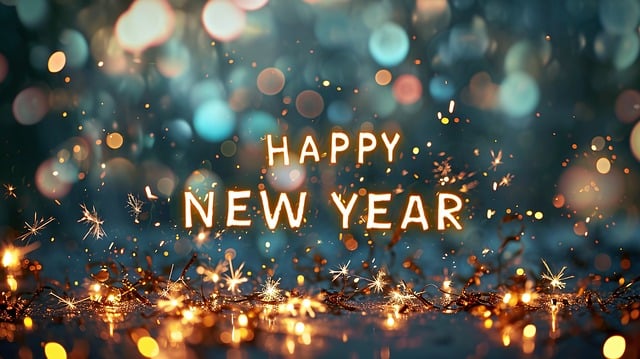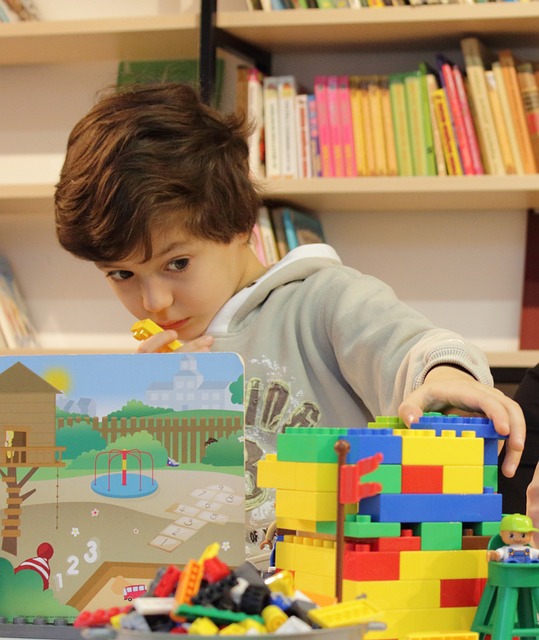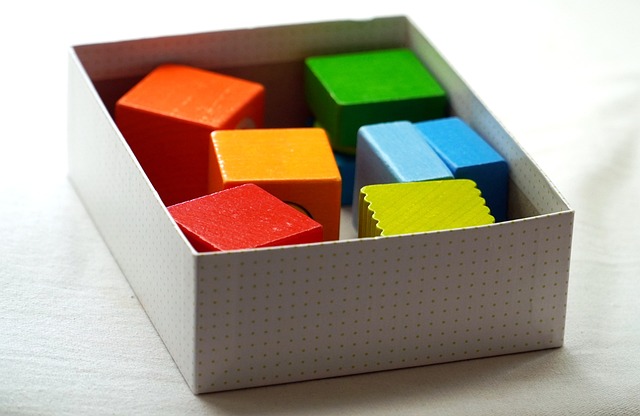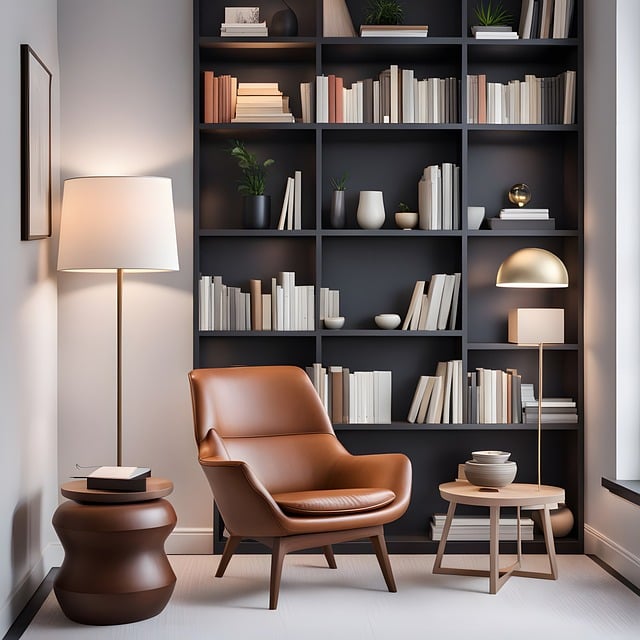
The no-buy trend is having a resurgence due to a combination of environmental concerns (carbon emissions), economic pressures (inflation, credit card debt), and the “I have too much stuff” syndrome.
What does no-buy mean? You can’t realistically go a year without buying anything. You will need to buy food, toothpaste, and toilet paper, to name a few essentials that you use up over time.
No-buy means setting restraints on what you buy. What do you spend money on that you really don’t need but are enticed to buy because it’s easy to click on the Buy Now button, or the product looks like fun, or you are hit with a wave of FOMO because a friend has it.
What kinds of restraints could you set for yourself in a no-buy year? Maybe it means no more new clothing, or electronic gizmos, or kitchen gadgets. Maybe it means using up the canned foods in your pantry before stocking up on more. Maybe it means using up all the different shampoos, soaps, or moisturizers before treating yourself to more.
Along with restraints, set parameters of what you will permit yourself to buy beyond the necessities. Maybe you won’t buy new clothes, but you will allow yourself to buy new sneakers as the old ones wear out. Maybe you won’t do take-out as often, but you will indulge yourself once a week.
What does YOUR No-Buy 2025 look like?
Photo: Pixabay
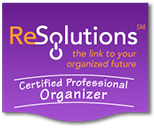
 Join My Email List
Join My Email List



